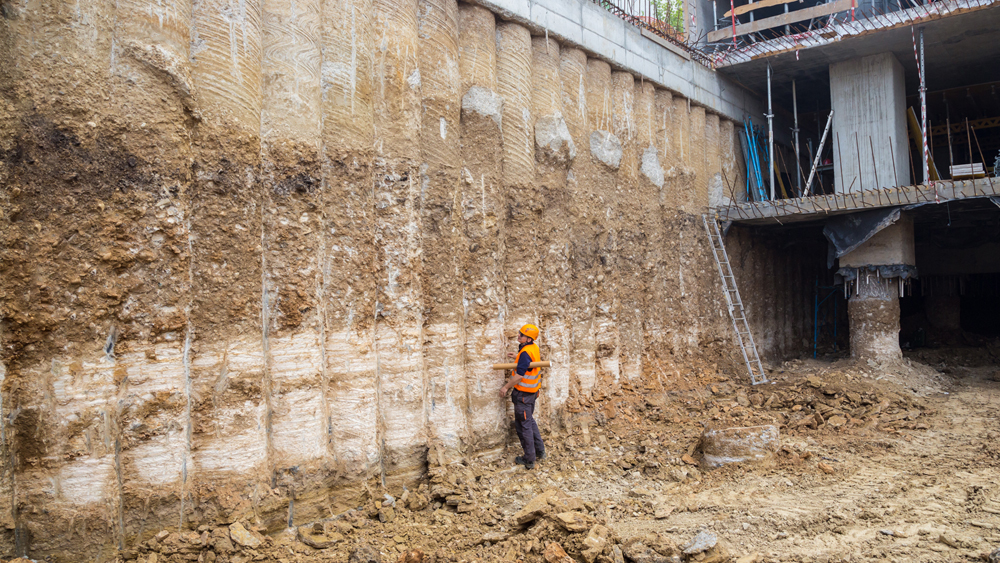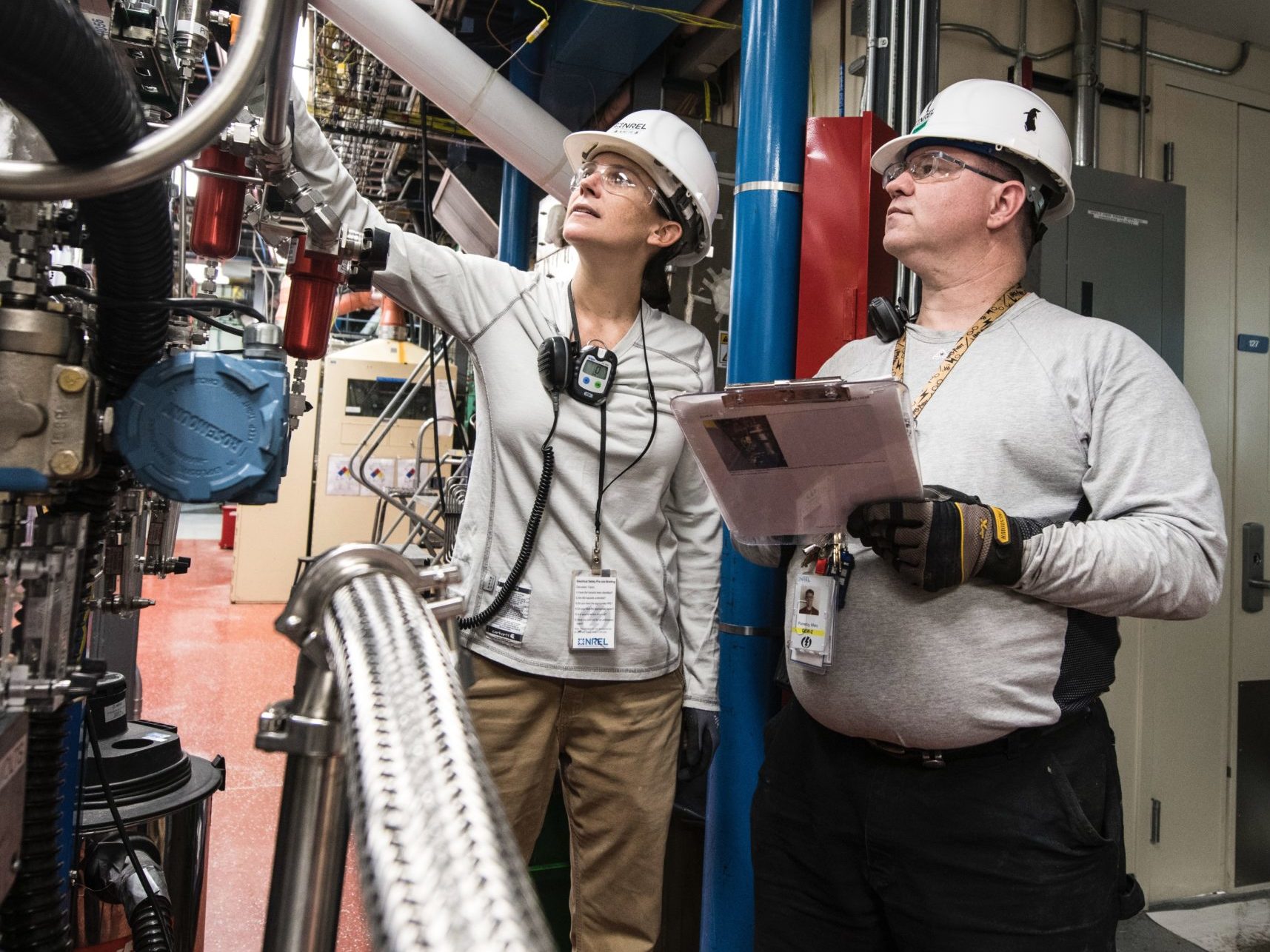The Necessary Contributions of Geotechnical Engineers in Analyzing Soil Habits and Structure Design for Sustainable Framework Development
Geotechnical engineers offer as a foundation in the world of sustainable facilities development, where their know-how in assessing soil actions straight affects the safety and security and durability of frameworks. By utilizing advanced strategies such as Conventional Penetration Tests and Cone Penetration Testing, they meticulously assess soil homes, causing notified choices on foundation style. These assessments not only reduce threats linked with differential negotiation however likewise pave the method for ingenious, ecologically mindful methods. As we check out the crucial duty they play, the implications of their contributions increase crucial inquiries concerning the future of framework resilience and sustainability.
Duty of Geotechnical Designers

In addition to website examinations, geotechnical designers evaluate potential risks such as dirt liquefaction, slope security, and groundwater issues. They use innovative engineering principles to develop options that mitigate these dangers, guaranteeing that designs adhere to relevant codes and criteria. Their work frequently includes partnership with other engineering self-controls, designers, and environmental scientists to develop integrated strategies to framework development.
In addition, geotechnical engineers add to lasting techniques by promoting the use of products and techniques that reduce environmental effect. Through their detailed understanding of dirt mechanics and geology, they play an essential function in cultivating secure, resistant, and lasting infrastructure that satisfies the needs of culture while shielding the atmosphere.
Dirt Actions Assessment Strategies
Understanding dirt actions is essential to notified decision-making in geotechnical engineering, as it straight influences the design and building and construction procedures. Various assessment strategies are utilized to examine soil homes, ensuring accurate predictions of its efficiency under different loading conditions.
One main approach is the Standard Infiltration Examination (SPT), which offers understandings right into dirt density and consistency with the resistance run into throughout penetration. Cone Penetration Screening (CPT) uses a continuous account of soil stratification and in-situ strength criteria, enabling an extra detailed understanding of subsurface problems.
Research laboratory examinations, such as Atterberg restrictions, unconfined compressive strength, and triaxial examinations, are essential for defining soil behavior under regulated problems. These examinations assist in the resolution of essential criteria, consisting of shear leaks in the structure, toughness, and compressibility.

Foundation Style Concepts
Structure style concepts are critical for guaranteeing the stability and long life of frameworks, as they dictate exactly how lots are transmitted from the superstructure to the underlying soil. These concepts incorporate different considerations, including load-bearing capacity, negotiation, and lateral stability. A complete understanding of dirt technicians is essential for geotechnical engineers to assess the interaction in between the structure and the dirt.
One secret concept is the proper choice of foundation kind, which may consist moved here of shallow structures, such as spread grounds, or deep foundations, like caissons or heaps, depending upon soil problems and structural lots - geotechnical industry. The structure must be created to lessen differential settlement, which can bring about structural damages

Lasting Infrastructure Practices
Exactly how can we successfully incorporate sustainability into facilities practices? To attain this, it is essential to take on an alternative method that emphasizes the connection in between geotechnical design and environmental stewardship. Sustainable infrastructure practices start with thorough website analyses, which examine soil behavior, local communities, and resource availability. By recognizing these variables, designers can establish designs that minimize ecological effect while enhancing material usage.
Additionally, utilizing innovative construction strategies, such as utilizing low-impact foundations and recycled materials, substantially minimizes the carbon footprint of facilities projects. Geotechnical designers play a crucial duty in site picking suitable products that improve toughness and sustainability, such as utilizing geo-synthetics to enhance soil stability and reduce disintegration.
Additionally, lasting infrastructure methods need continuous monitoring and maintenance to guarantee that structures stay durable gradually. This consists of executing adaptive management approaches to deal with possible ecological changes. Cooperation amongst stakeholders-- including designers, neighborhood areas, and policymakers-- is important for incorporating sustainability goals into job planning and execution. Inevitably, these methods not just add to the long life of structures however additionally promote a much healthier environment, lining up framework development with wider sustainability objectives.
Instance Studies and Applications
Case studies in geotechnical engineering supply valuable insights right into the sensible applications of dirt actions and lasting facilities methods. One significant example is the building of the Burj Khalifa in Dubai, where comprehensive soil testing and evaluation were carried out to examine the distinct challenges positioned by the region's loose sand and high water table. Geotechnical designers used progressed strategies such as vibrant penetrating and cone infiltration screening to determine the dirt's load-bearing ability, inevitably resulting in the design of a deep foundation system that sustains this iconic framework.
An additional crucial situation is the removal of the San Francisco-Oakland Bay Bridge after the 1989 Loma Prieta quake. Geotechnical analyses revealed the requirement for soil stablizing strategies, including grouting and soil this content nailing, to boost the seismic strength of the structure. These treatments not only improved the bridge's safety however additionally added to its long life and sustainability.
Such case research studies exhibit how geotechnical designers play an essential role in comprehending dirt behavior and applying innovative solutions to ensure the architectural stability and sustainability of facilities projects. geotech engineer. Their know-how is necessary in addressing the facility challenges posed by various dirt conditions throughout varied geographic locations
Verdict
To conclude, the payments of geotechnical designers are vital for the evaluation of dirt habits and the layout of foundations, which are necessary for lasting infrastructure advancement. Via the application of advanced screening techniques and ingenious products, these specialists guarantee the security and safety of structures while lessening environmental effects. The assimilation of sustainable methods promotes durability in infrastructure projects, highlighting the value of cooperation among stakeholders to accomplish reliable construction services that satisfy both ecological and societal requirements.
Geotechnical engineers serve as a foundation in the world of sustainable facilities advancement, where their competence in examining dirt actions straight affects the security and durability of frameworks.Geotechnical designers play an essential function in the style and building of facilities by examining dirt and rock habits to guarantee stability and safety. A detailed understanding of dirt technicians is essential for geotechnical designers to evaluate the interaction between the foundation and the soil.
Geotechnical assessments revealed the requirement for dirt stablizing techniques, including grouting and soil nailing, to improve the seismic strength of the foundation.In final thought, the contributions of geotechnical engineers are crucial for the analysis of dirt habits and the layout of foundations, which are essential for lasting infrastructure growth.